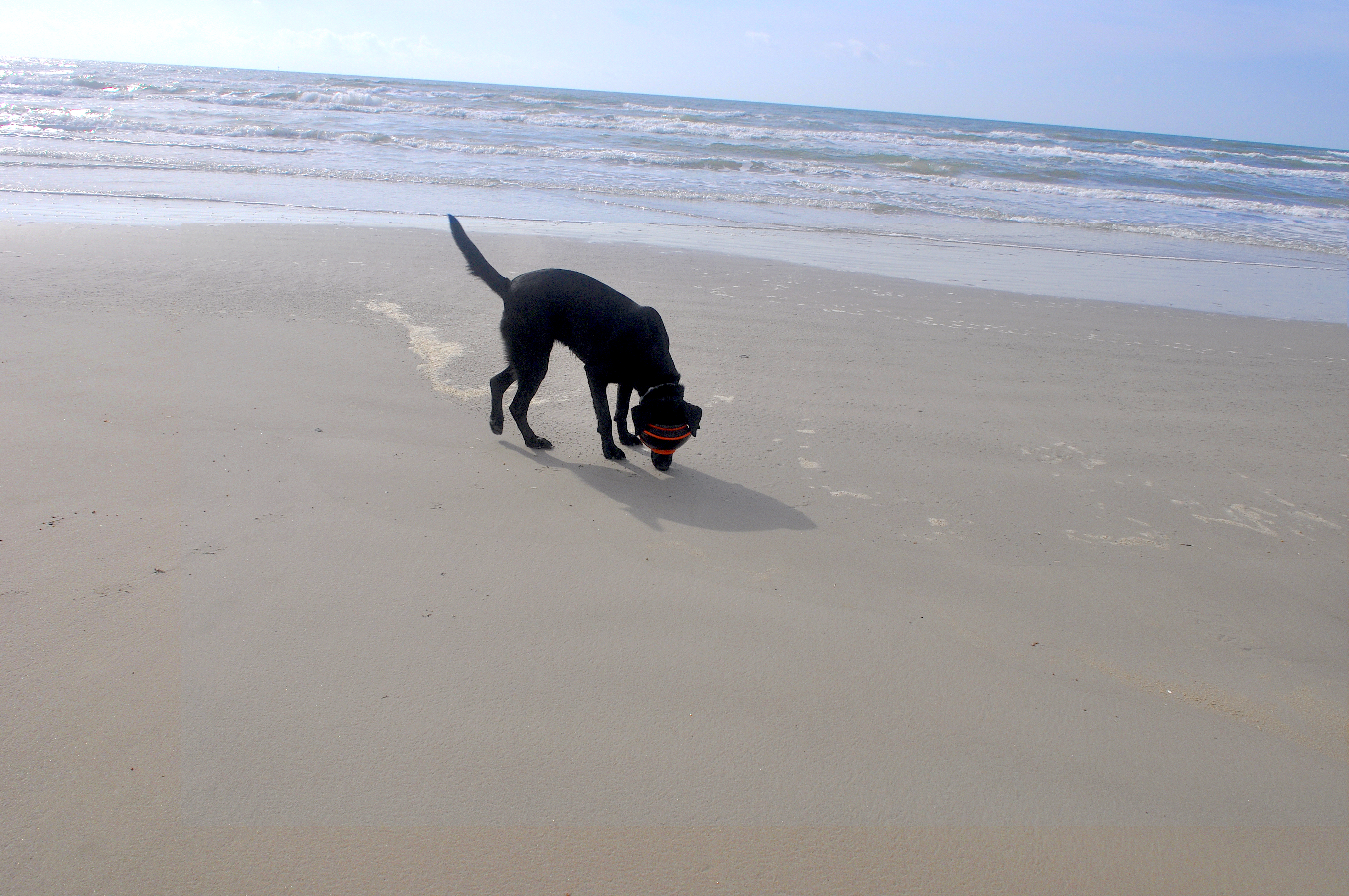Graduate Student: Marissa Spinelli
Advisor: Dr. Loretta Battaglia
Project Description:
Spoil islands provide valuable habitat that supports coastal biodiversity and enhances estuarine resilience. Vegetation composition can vary substantially due to differences in island size, topography, soil characteristics, hydrology, and disturbance history. This variability affects how susceptible these habitats are to the establishment of non-native species, which can in turn alter ecosystem structure and function. Originally introduced as an ornamental plant in the 1800s, Brazilian Peppertree (Schinus terebinthifolia), hereafter Schinus, is one of the most aggressive invaders in Gulf Coast ecosystems. Its rapid spread is driven by prolific seed production, avian-mediated dispersal, allelopathic properties that suppress native vegetation, tolerance for diverse environmental conditions, and ability to rebound from disturbances. Spoil islands may be particularly vulnerable due to high bird usage and by association, propagule dispersal. Despite ongoing removal efforts, it remains unclear how the initial size or extent of Schinus invasion influences the trajectory of native plant recovery and reinvasion. Additionally, little is known about which species or functional groups dominate early post-removal recovery, or which are associated with invaded areas and may serve as indicators of reinvasion risk.
This study examines the recovery and reinvasion of coastal plant communities on spoil islands following the removal of Schinus. This study is guided by two central questions: (1) How does the initial size of a Schinus stand shape the trajectory of native plant community recovery after removal? (2) How does the initial size of a Schinus stand influence the likelihood of reinvasion and survival following removal? We hypothesize that larger Schinus stands will exert stronger impacts on native plant communities after removal, resulting in slower recovery and reduced species richness. We further hypothesize that larger stands will exhibit higher reinvasion potential and survival rates, making them more persistent than smaller stands. Vegetation surveys will be conducted across 16 spoil islands adjacent to the Laguna Madre, the largest hypersaline coastal lagoon in the world, to assess species richness and abundance across three invasion coverage classes: large, medium, and small. Within each class, three permanent quadrats along a transect will be used to record vegetation immediately after removal (Oct 2025) and approximately one year later (July 2026), providing insight into early-stage recovery and reinvasion dynamics. To obtain a more comprehensive understanding of the landscape and complement the vegetation data, this work proposes collecting elevation, soil (texture, total carbon, total nitrogen), and light (photosynthetically active radiation) data. Non-metric multidimensional scaling (NMDS) ordination, paired with vector fitting, will visualize patterns in plant community composition across quadrats located inside, at the edge of, and outside former Schinus stands.
Keywords: invasion, recovery, Schinus terebinthifolia, spoil islands, ecology

